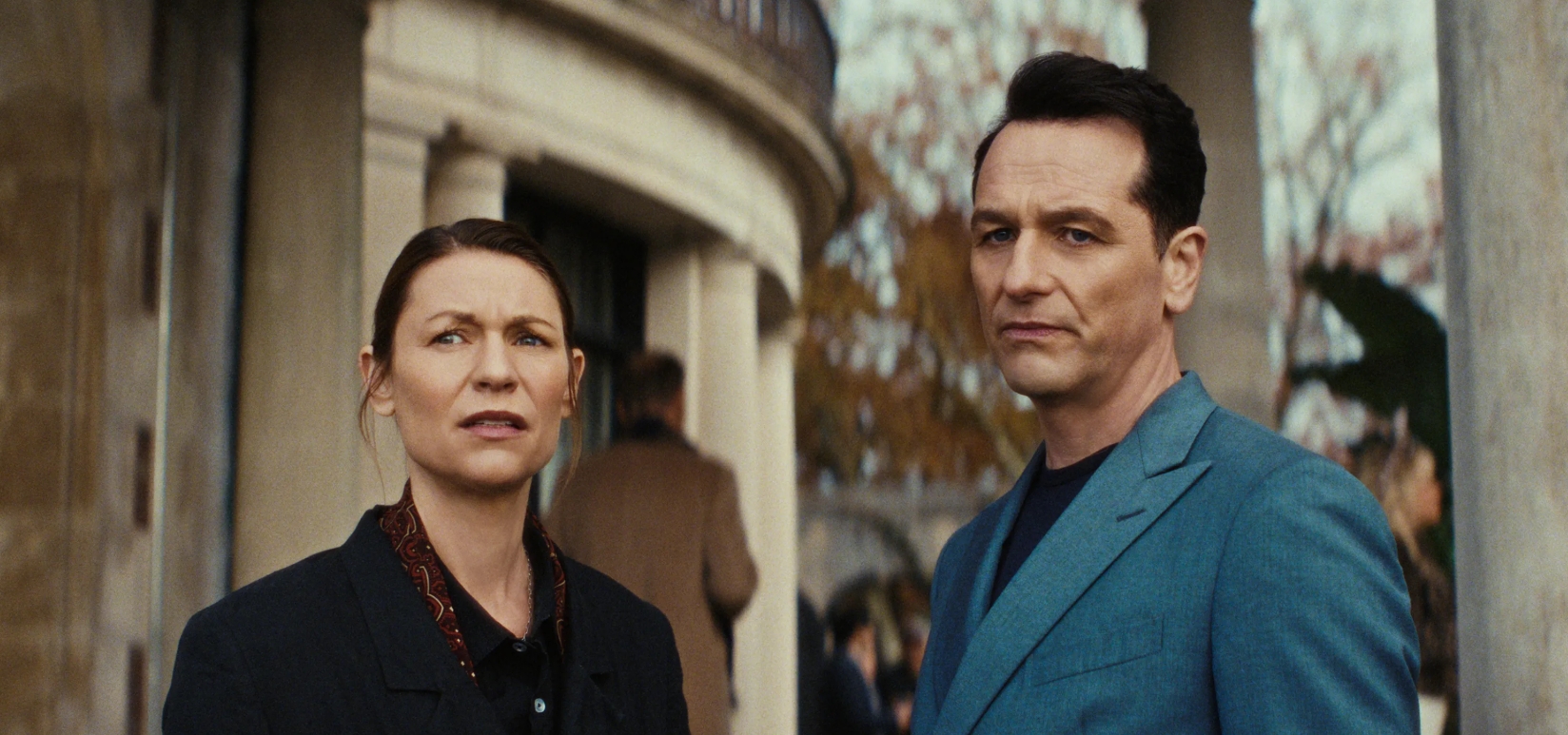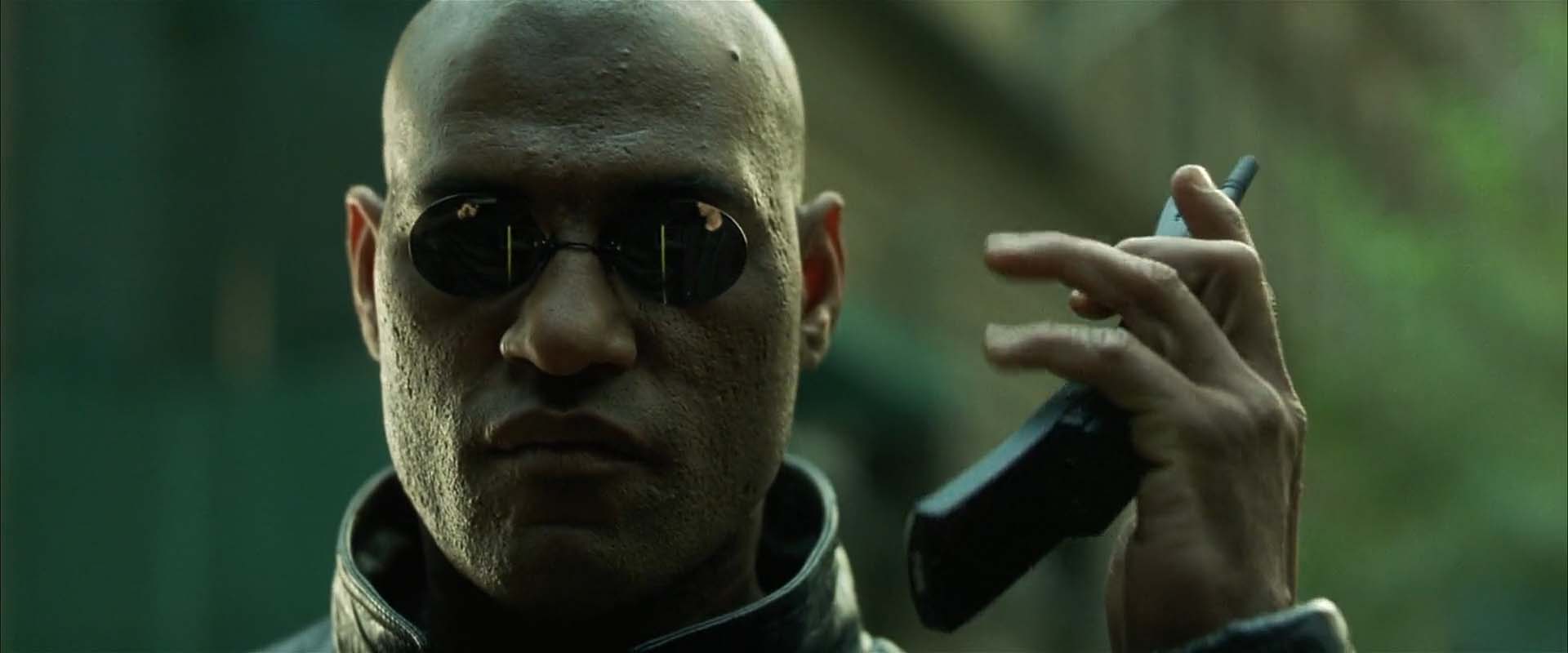What Makes ‘Pan’s Labyrinth’ Unique?
Guillermo del Toro’s Pan’s Labyrinth stands as a cinematic masterpiece whose uniqueness emerges from a compelling interplay of storytelling, visual artistry, and thematic depth. Released in 2006, the film is set against the grim backdrop of post-Civil War Spain in 1944, yet it juxtaposes historical realism with an enchanting yet sinister fantasy realm. Several key elements distinguish Pan’s Labyrinth from other films, both within its genre and in the broader context of global cinema.
Genre-Bending Narrative Structure
One of the most distinct features of Pan’s Labyrinth is its seamless fusion of genres. The film interlaces drama, historical fiction, fantasy, horror, and fairy tale motifs, creating a narrative tapestry that is both emotionally resonant and intellectually stimulating. This genre convergence allows both the mundane brutality of the Francoist regime and the escapist allure of myths to coexist and interact. The protagonist, Ofelia, traverses these dual realities—her coming-of-age journey entangles with a mythical quest, grounding the fantastical elements in psychological necessity rather than escapism for its own sake.
Symbolism and Mythological Connections
The movie is notable for its refined application of symbolism. Del Toro extensively uses mythological archetypes and Spanish folklore, making his narrative profoundly allegorical. For example, the faun—a mysterious character who leads Ofelia—evokes classical myth exactly because it resists simplification into good or bad. The labyrinth is a repeated motif, representing both the intricacies of the human mind and the complex path to self-awareness. The enchanted tasks that Ofelia undertakes mirror her real-world challenges, adding depth to the story that invites multiple viewings and academic discussion.
Breakthroughs in Visual and Aesthetic Design
Pan’s Labyrinth highlights Del Toro’s acclaim for his visual storytelling prowess. The combination of set designs, costumes, and practical effects with CGI results in an immersive environment that appears real amid its dreamlike qualities. Guillermo Navarro, the cinematographer, uses a dark and rich color scheme to blend reality with fantasy, portraying both as equally lively and intimidating. The detailed production elements—such as the eerie abode of the Pale Man or the labyrinth’s textures—enhance a chilling atmosphere that lingers with viewers.
Concepts of Purity, Conflict, and Defiance
The narrative delves into broad themes with unwavering emotional transparency. Ofelia’s innocence sharply opposes the harsh brutality of her stepfather, Captain Vidal, a character based on an authoritarian model. Moments of intense violence are contrasted with magical aspects, heightening the emotional depth and emphasizing the theme of innocence lost. Further, the concept of resistance—both political and individual—highlights the dual capacity for corruption and redemption within human nature.
Sophisticated Approach to Fantasy
Unlike numerous films deriving inspiration from fairy tales, Pan’s Labyrinth does not shy away from the grim elements in its narrative. The fantasy world is not an idyllic paradise; its regulations are stringent, and its inhabitants are erratic. By avoiding clear distinctions between evil and virtue in the mystical realm, the film respects young audiences’ ability to handle ambiguity and complex ethical questions. This lifts the film beyond just a children’s fantasy, transforming it into a deep reflection on trauma, ethics, and the essential role of imagination.
Cultural and Critical Influence
Upon its release, Pan’s Labyrinth received critical acclaim for its originality, earning three Academy Awards and over 100 international accolades. Its cultural resonance is evident in its enduring popularity: the imagery and themes have influenced literature, theatre, video games, and academic discourse. Scholars frequently cite the film as a case study in transnational cinema and magical realism; its approach to national trauma and memory continues to inform debates within film studies.
Guillermo del Toro’s Perspective and Filmmaking Decisions
At the heart of Pan’s Labyrinth is the signature vision of Guillermo del Toro. His deep love for monsters, myth, and the marginalized permeates every aspect of the film. Del Toro personally sketched the creatures and oversaw their practical realization, blending horror with a sense of tragic beauty. This hands-on approach results in a world where everything, from the smallest insect to the towering faun, carries metaphorical weight and narrative purpose.
Enduring Legacy
The uniqueness of Pan’s Labyrinth stems from its ability to operate on multiple levels: it is a historical allegory, a fantasy adventure, and a psychological portrait all at once. The film’s refusal to compromise on visual richness, emotional sincerity, or thematic complexity ensures its place as a landmark in contemporary cinema. By compelling audiences to navigate the labyrinthine spaces between reality and myth, the film deepens our understanding of storytelling’s role in confronting, commemorating, and ultimately transcending the very real horrors of history.





